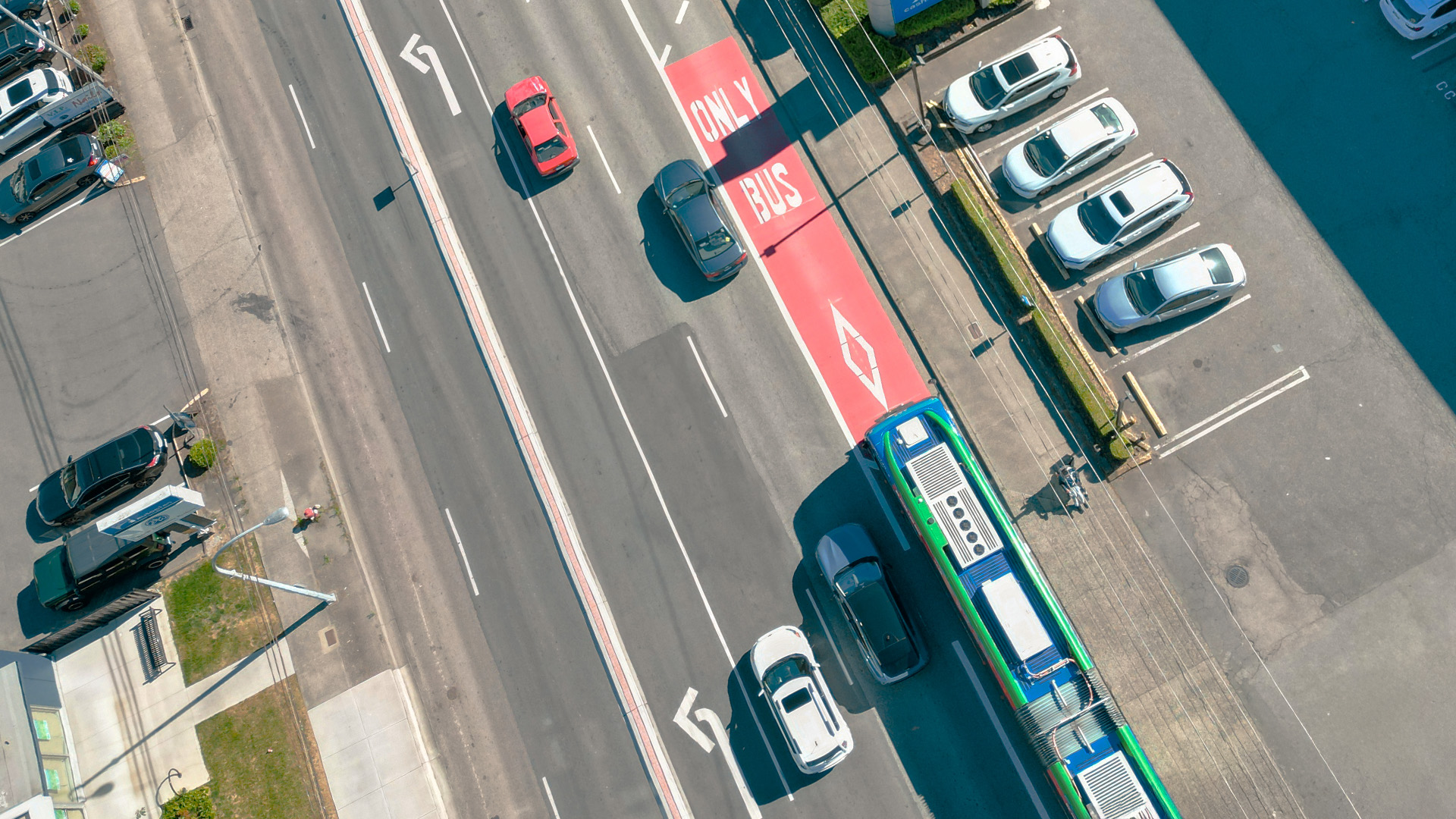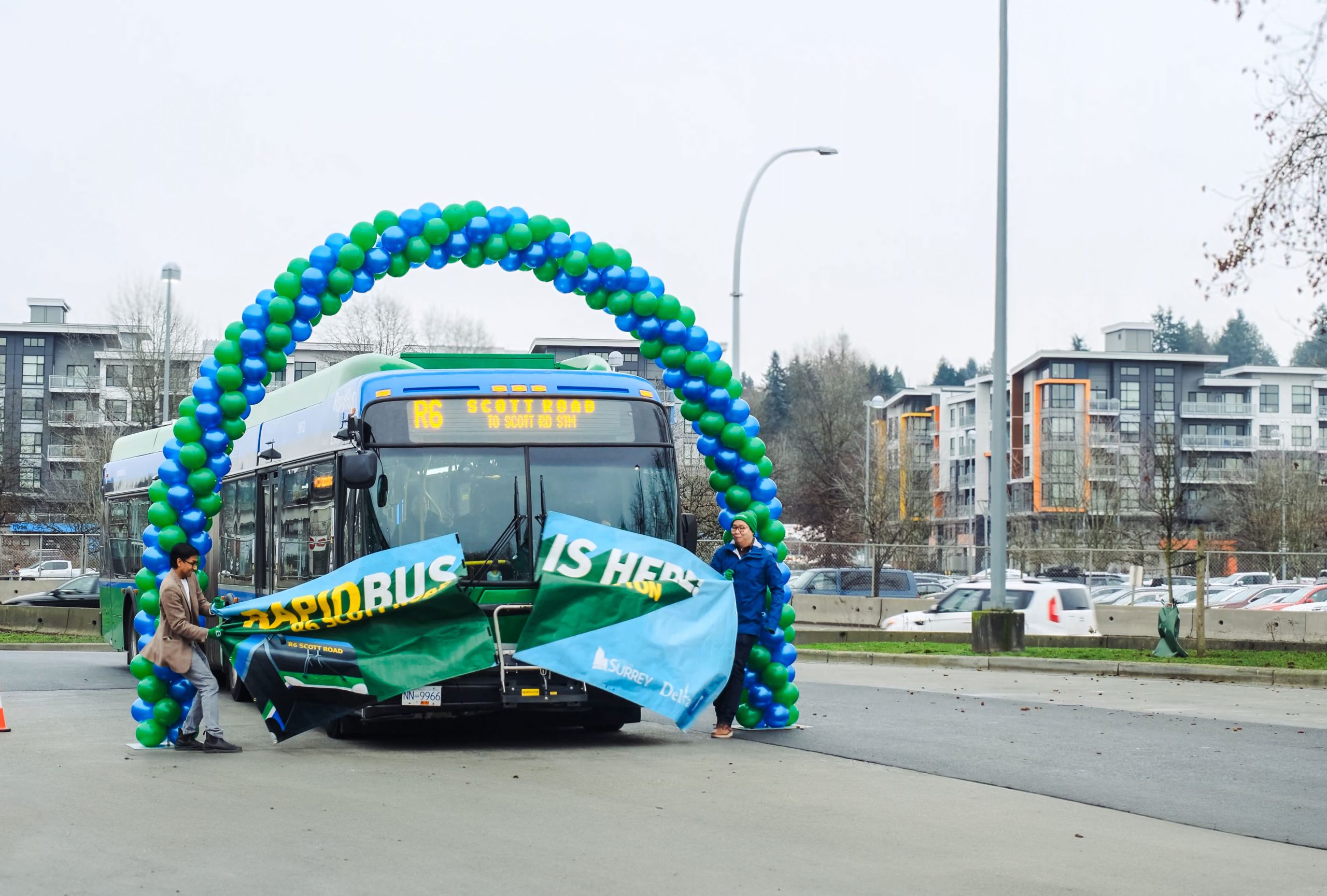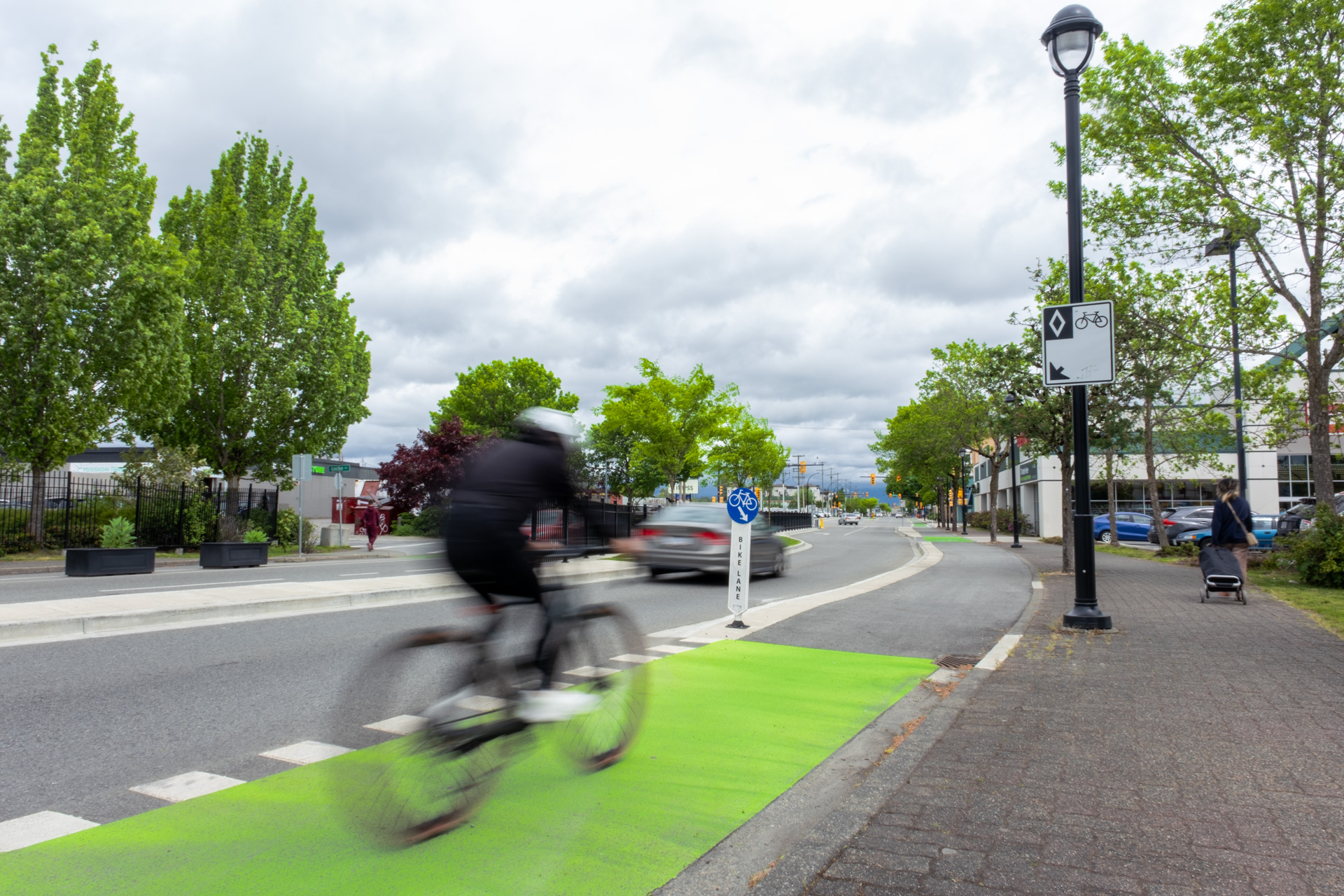6 key moves from TransLink’s Accountability Report
6 key moves from TransLink’s Accountability Report

We’re sharing our 2024 Accountability Report – our annual look back at the year, where we measure progress on social, environmental, and financial responsibility, and celebrate key achievements across the organization.
Despite challenges like rapid population growth and a looming funding gap, we continued to provide essential transportation choices that advance a more connected, equitable, and climate resilient region.
Here are six highlights from the past year, in no particular order, that are shaping the future of transit in Metro Vancouver.
Faster, more reliable bus service in key corridors
January 2024 saw the launch of the R6 Scott Road RapidBus, providing quicker, more frequent service for Surrey and Delta residents, as well as Kwantlen Polytechnic University students. This route has created space for 20 per cent more riders and cut customer travel time by up to 10 minutes along the Scott Road corridor. In just one year, the R6 became Metro Vancouver’s second-busiest RapidBus, with around 16,000 boardings each weekday.
The R6 is part of our Bus Speed and Reliability Program, which, as the name implies, aims to reduce bus travel times and improve reliability in congested areas. Since the program began, its projects have cut travel times by up to 35 per cent in key corridors – giving you time back in your day. In 2024 alone, 16 projects (nine capital projects and seven studies) were completed to improve transit efficiency while reducing operating costs.
Expanding transit access for Tsawwassen First Nation
In a step toward more equitable transit, we extended the 609 bus to Ladner Exchange, improving connectivity for Tsawwassen First Nation communities and industrial jobs on treaty lands.
This is the first transit enhancement delivered through our First Nations Transportation Program, and we’re continuing to collaborate with Indigenous communities to design further improvements.
Unlocking new revenue streams while shaping transit-friendly communities
We’re actively working to unlock new revenue streams that support the transit system. One major initiative is our Transit Friendly Employer Program, which recognizes employers that go the extra mile to subsidize transit for their employees. As of December, 44 organizations are providing transit subsidies to over 13,800 employees, bringing in millions in annual revenue.
Our Real Estate Development Program is also gaining momentum, turning TransLink-owned properties into transit-oriented developments. At Arbutus Station, we’ve secured rezoning for a 30-story mixed-use tower featuring 260 rental homes, retail, and Indigenous design elements. Meanwhile, in North Vancouver, plans are underway to turn a former bus depot into 400 homes, retail space, and adding bike lanes with direct RapidBus access.
These initiatives, alongside our commitment to implementing $90 million in efficiencies through our Management Action Plan, aim to help strengthen the system’s financial sustainability.
Proudly investing in Canadian businesses
From the 4,283 suppliers we worked with in 2024, we’re proud that 94 per cent are Canadian businesses, including 86 per cent based in BC – a 9 per cent increase from 2023. This means that last year, 96.1 per cent of our procurement spending directly supported the Canadian economy.
 Creating better, safer streets for everyone
Creating better, safer streets for everyone
A strong transportation system goes beyond transit — it’s about quality infrastructure that benefits all road users, from drivers and cyclists to pedestrians and transit riders.
Through our Local Government Funding Program, we collaborate with municipalities to co-fund upgrades that enhance sustainable travel options, including walking, biking, rolling, and transit.
In 2024, we contributed to 104 projects, including 60 walking, cycling, and multi-use path improvements, along with 44 road, structure, and bus speed upgrades. We also supported maintenance and pavement rehabilitation for 675 kilometres of the Major Road Network.
Curious where they’re located? Here’s a map of all our Road Network, Cycling and Pedestrian projects.
Cutting carbon emissions with renewable fuels
We made significant progress toward our goal of net-zero emissions by 2050. In 2024, we reduced greenhouse gas emissions by 12 per cent for the second year in a row, thanks to our shift to renewable diesel for diesel buses and the West Coast Express. Renewable diesel comes from organic waste, which includes used cooking oil, animal fats, and plant-based vegetable oils.
The best part? These fuels come at no additional cost, thanks to the B.C.’s Low Carbon Fuel Standard and Canada’s Clean Fuel Regulation.
![]()
In 2025, our focus remains on delivering a transportation system that’s more inclusive, efficient, and sustainable—so you can keep getting where you need to go, connecting with the people and places that matter most.
For the full picture, check out the 2024 TransLink Accountability Report.
Taylor Wagner







